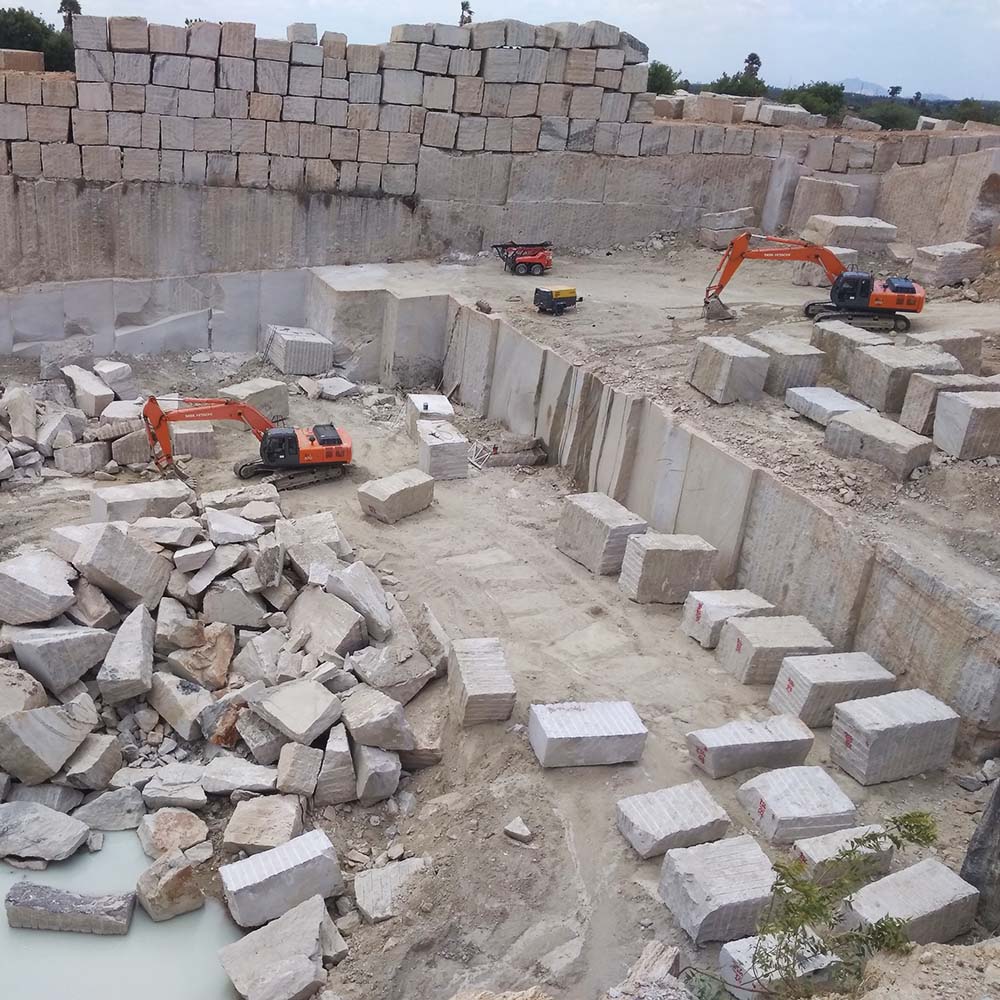Granite Quarries in South Africa Wonders: Discovering the Quarry Landscape
Granite Quarries in South Africa Wonders: Discovering the Quarry Landscape
Blog Article
Uncovering the Rich Background and Sustainable Practices of Granite Quarrying
As we stand on the precipice of discovering the intricate tapestry of granite quarrying, a trip via time exposes not just the physical act of removing stone but also the cultural and historic relevance woven right into the extremely textile of this practice. From the old origins that laid the structure for contemporary quarrying strategies to the sustainable methods that are forming the future of this industry, each sculpt mark on granite surface areas informs a story waiting to be discovered (granite quarries in south africa). The heritage of granite quarrying extends far beyond simple extraction; it is a testimony to human resourcefulness, strength, and the enduring allure of this impressive stone
Ancient Origins of Granite Quarrying
Going back to old worlds, the method of quarrying granite has actually been an integral part of human history and architectural improvement. The earliest proof of granite quarrying go back to old Egypt, where massive pyramids and elaborate sculptures were crafted from this long lasting rock. The Egyptians made use of primitive devices to remove granite blocks from quarries, showcasing the relevance of this product in their huge constructions.
Moving on in background, the Greeks additionally made substantial payments to the quarrying of granite. The Greeks made use of granite in numerous building marvels, such as holy places and statuaries, demonstrating their skill in shaping and carving this sturdy rock. The Romans further refined the strategies of quarrying granite, employing innovative tools like blades and hammers to extract and form granite for their legendary frameworks.
Through the centuries, the practice of quarrying granite has progressed, with modern-day technologies improving effectiveness while preserving the timeless appeal of this natural stone - granite quarries in south africa. From ancient human beings to contemporary building contractors, the legacy of granite quarrying proceeds to form our world
Development of Quarrying Techniques
The advancement of quarrying strategies has been marked by a continual development towards greater effectiveness and accuracy in drawing out granite. Early quarrying methods involved hands-on labor with basic devices such as blades, hammers, and wedges to draw out granite blocks from the earth.
Innovations in computer-controlled devices and 3D modeling have maximized quarrying operations, leading to very little environmental effect and enhanced sustainability methods. As the demand for granite proceeds to increase, the development of quarrying techniques continues to be important to meeting industry needs successfully and sustainably.
Cultural Significance of Granite
Granite holds a profound social relevance across numerous worlds due to its long-lasting existence in architectural work of arts and revered monoliths. The cultural relevance of granite extends past its physical attributes; it personifies resilience, security, and timelessness, making it a sign of enduring traditions and practices.

Sustainable Practices in Quarrying
Amidst the abundant history of granite quarrying and its cultural significance lies a growing focus on lasting methods within the industry. As ecological understanding and concerns concerning resource deficiency have actually heightened globally, the quarrying market has significantly accepted sustainable approaches to reduce its influence on the atmosphere and surrounding neighborhoods.

Additionally, improvement and rehab of quarry websites post-extraction are important to lasting methods. By bring back quarried areas to an all-natural or helpful state, such as producing wild animals habitats or leisure spaces, quarriers can offset the environmental footprint of their procedures and add positively to the local community.
Tradition of Granite Quarrying
With a historical background steeped in craftsmanship and commercial development, what sustaining impact has granite quarrying left on the landscape of modern-day society? The legacy of granite quarrying goes beyond mere removal techniques; it has shaped building wonders, city landscapes, and cultural heritage worldwide. The sturdy nature of granite has actually made it a favored choice for monuments, buildings, and facilities, standing as a testament to the ability and creativity of quarry workers throughout generations.
Furthermore, the economic impact of granite quarrying can not be ignored. The sector continues to provide employment possibility and drive local economic climates in regions where granite extraction prevails. It has also spurred technical developments in quarrying strategies and devices, leading to a lot more efficient and lasting practices.
In terms of sustainability, the tradition of granite quarrying consists of efforts to alleviate ecological impacts with improvement tasks and responsible resource administration. By stabilizing financial interests with ecological stewardship, the sector makes every effort to guarantee that future generations can remain to gain from this enduring natural resource.
Verdict

Report this page